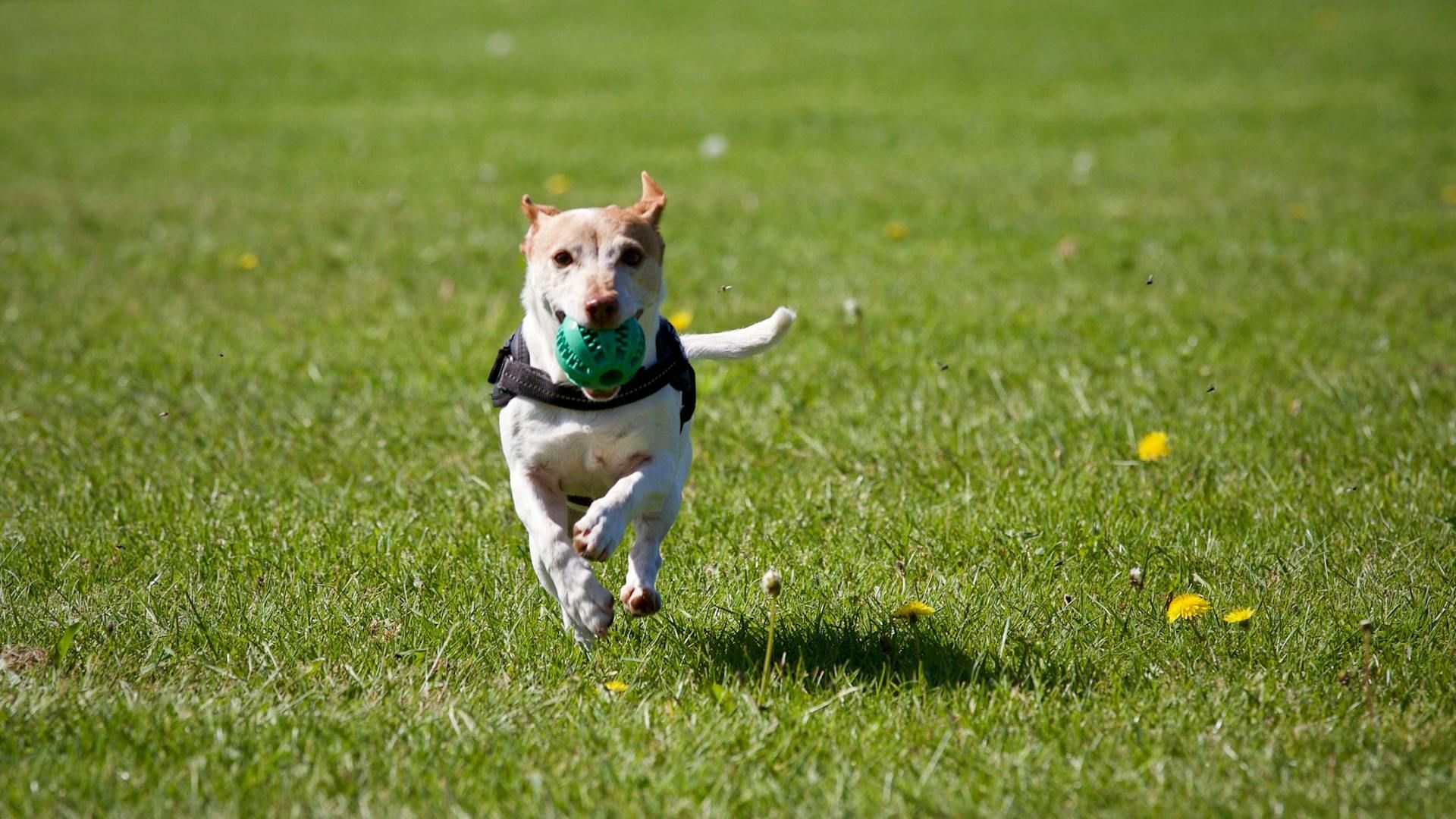Beware of Holiday Plants That Are Unsafe for Pets
 Holiday plants like poinsettias, mistletoe, and holly can enhance your Christmas decoration scheme. Still, your pets may not appreciate the interior landscaping. In fact, many of our most beloved holiday plants can be toxic for pets if eaten. Of course, most dogs aren’t big grazers, but they are omnivores and sometimes gnaw on plants to keep digestive juices in balance.
Holiday plants like poinsettias, mistletoe, and holly can enhance your Christmas decoration scheme. Still, your pets may not appreciate the interior landscaping. In fact, many of our most beloved holiday plants can be toxic for pets if eaten. Of course, most dogs aren’t big grazers, but they are omnivores and sometimes gnaw on plants to keep digestive juices in balance.
There are ways to decorate. Faux plants are a great substitute! If you keep the organic version in your home, make sure you understand which plants can be most dangerous and what symptoms to look out for.
Poinsettia
With their bright red (and sometimes white) leaves, poinsettias can add a festive pop to your holiday décor. But they can also dampen the holiday mood if your dog or cat decides to take a bite. You may have heard warnings about the harmful effects of poinsettias, and it’s commonly believed they pose a deadly threat to pets. But this is only in extreme cases. According to the ASPCA Poison Control Center, ingesting the sap can cause nausea and vomiting, but this also deters pets from eating deadly levels of the festive leaves.
Holly
After the Christmas tree, holly is the most notorious of holiday plants, with its quaint red berries and pointed leaves. It’s actually more dangerous to pets than poinsettias. You should keep pets away from all holly. Still, the Christmas and English varieties can cause severe gastrointestinal distress, including vomiting and diarrhea. The spiny leaves, for apparent reasons, irritate the mouth and throat and often cause pets to shake their heads dramatically as they try to expel the culprit.
Holly also contains toxins like saponins, methylxanthines, and cyanogens. In addition to upsetting a pet’s stomach, these toxins can cause pets to drool and smack their lips.
Mistletoe
Mistletoe, luckily, is usually hung from the ceiling or doorway, far out of a pet’s reach. This plant contains a malicious cocktail of substances toxic to dogs and cats—toxalbumin and pharatoxinviscumin. After ingesting mistletoe, pets can experience breathing problems, a drop in blood pressure, and hallucinations that often lead to unusual behavior.
Mistletoe can cause seizures and even death at greater levels. Either make sure your mistletoe is hung with the utmost care or keep it out of the home entirely.
Pine
Fir trees contain oils that can irritate your pet’s mouth or stomach, causing drooling or vomiting. The shape of the needles themselves can cause agitation and sometimes obstruct or puncture the digestive tract.
The Christmas tree’s water bowl is equally nasty—a veritable reservoir of fertilizers, bacteria, and molds that can do severe damage in tiny dosages.
Amaryllis
The amaryllis is about as dangerous as it is beautiful. The bulb is far more threatening than the plant’s petals, leaves, or stalks. Still, the eye-catching parts of the plant contain toxins like Lycorine and phenanthridine alkaloids. If these get into your pet’s system, you’re likely to see drooling, a decrease in appetite, abdominal pain, and vomiting.
The toxins can also slow your dog’s breathing and cause a drop in blood pressure, so you might notice your pet moving more slowly. Tremors are another frightening side-effect.
Lilies
Lilies may be most popular around Easter, but they enjoy a resurgence of popularity around the holidays, too. No matter what time of year it is, lilies are dangerous for pets. Easter lilies are not the only toxic lilies. Many different species of lily are toxic to pets, especially cats.
Some common poisonous lilies are:
- Asiatic lilies
- Easter lilies,
- Japanese Show lilies
- Rubrum lilies
- Stargazer lilies
- Red lilies
- Tiger lilies
- Western lilies
- Wood lilies
- Daylilies
Safety First
Dogs (and cats) aren’t immediately drawn to holiday plants (like they might be drawn to your dinner plate). However, it’s best to lean on fake flowers and evergreen wherever possible.
But if any of these toxic but beautiful botanicals make it indoors, be sure to keep them out of your pet’s reach (by a lot!). And if you notice any of the symptoms described here, call your veterinarian or the ASPCA Poison Control Center at 888-426-4435.
The post Beware of Holiday Plants That Are Unsafe for Pets appeared first on Memorial Crossing Pet Resort.



